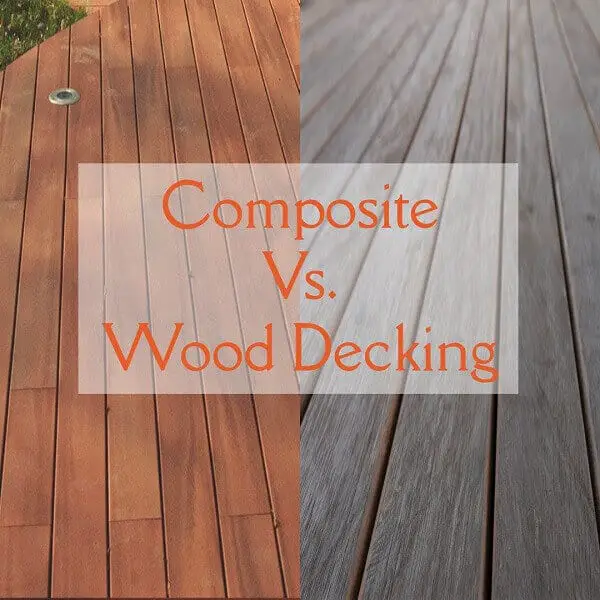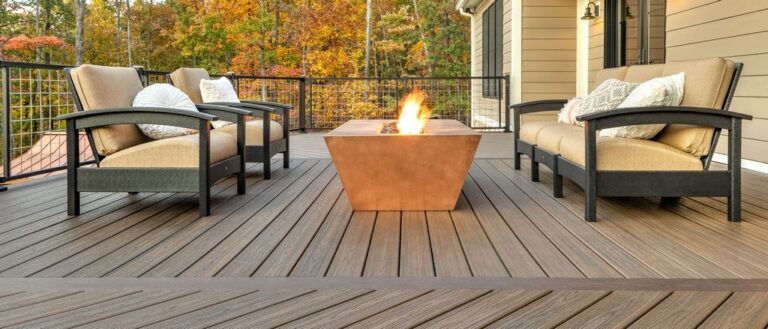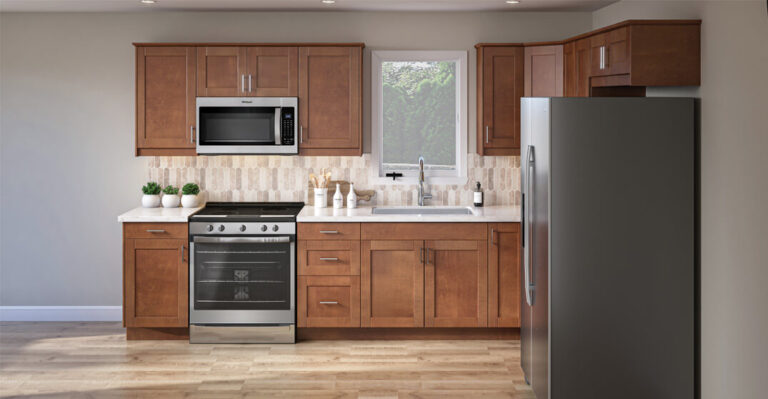Can Composite Decking Be Used as Fence? (Build Composite Fencing?)

Composite decking has many of the same properties as regular lumber, but it also has some unique advantages. One of those advantages is that it can be used as fencing. In this article, we’ll discuss how composite decking can be used as fencing and the benefits that come with doing so.
Composite decking is a type of decking made from recycled plastic and wood fiber. It is one of the most popular types of decking because it is durable, low maintenance, and easy to install.
So, can composite decking be used to build fences? The answer is yes! Composite decking makes a great fencing material because it’s strong and low-maintenance. Plus, it comes in a variety of styles and colors to suit any home.
In this article we will discuss the implementation of composite decking for fencing. In addition to that, you will learn how to install and maintain them, so it can serve you for a longer time.
Composite Decking Usages
Composite decking is a great choice for homeowners who want a durable and low-maintenance deck. Composite decking can be used for a variety of applications not just for outdoor decks.
One of the best things about composite decking is that it can be used for a variety of different applications. For example, composite decking can be used for both residential and commercial applications. Additionally, composite decking is perfect for decks, patios, porches, balconies, walkways, and more.
Why Composite Decking is a Better Choice than Traditional Wood for Fencing?

If you’re considering installing a new fence, you may be wondering if composite decking is a better choice than traditional wood fencing. While both options have their pros and cons, composite decking is ultimately a more durable, low-maintenance, and eco-friendly choice.
Composite decking is made from recycled wood and plastic, making it an eco-friendly choice. It’s also incredibly durable, able to withstand heavy traffic and weather damage.
Composite decking is also low-maintenance, requiring only annual cleaning and sealing.
Traditional wood fencing is often less expensive than composite decking, but it requires more maintenance. Wood fences need to be stained or painted every few years to prevent weather damage, and they are susceptible to rot and insect infestation.
How to Install Composite Decking for Fencing
Installing composite decking for fencing is not as difficult as it may seem. In fact, it is quite easy to do and can be done by anyone with basic carpentry skills.
Here’s a step-by-step guide to installing composite decking as fencing for your home.
- Measure the area where you want to install the fence. Calculate how many fence panels you need to make up the fence.Purchase the necessary amount of boards.You may save money and avoid buying too much material if you plan your fence out in advance before installation.
- The size of the boards you’ll need will depend on the height and length of your fence. Cut the boards to size using a saw. Wear protective gear such as gloves and a dust mask.
- Dig holes for the posts. The depth of the holes will depend on the height of the fence. Once the holes are dug, you will need to set the posts in place and secure them. Make sure the posts are level before moving on.
- Attach the boards to the posts using screws or nails, starting at the bottom and working your way up.
- Fill in the gaps between the boards with a filler such as wood glue or decking screws. This will help prevent water damage and make your fence last longer.
- Once you’ve attached all of the boards, cut them to fit in corners and at angles for an even finish.
- Stain or paint the fence to match your home.
- You’re done. Enjoy your new privacy fence!
What Can Damage Composite Decking?
While composite decking is designed to be durable and withstand a lot of wear and tear, there are still some things that can damage it. Here are a few things to watch out for:
- Sunlight: Prolonged exposure to sunlight can cause the color of composite decking to fade. If you live in an area with intense sun, you may want to consider using a UV-resistant coating on your decking.
- Water: Composite decking is designed to be resistant to water, but standing water can still cause problems. Be sure to drain any pooled water from your deck as soon as possible.
- Ice: In cold weather, ice can form on the surface of composite decking and cause it to crack or break. It’s important to remove any ice from your deck immediately.
- Pets: Although composite decking is resistant to damage from dogs , cats, and other pets, it’s still possible for them to scratch or bite through the surface. It’s best not to have any pets around your deck, especially outdoor cats.
- Fire: Composite wood products, even those that are fire resistant, can catch on fire. This often happens when hot ashes from an outdoor fire land on the deck and start a small fire. Even if your deck is fire resistant, you should never leave a fire unattended.
- Termites: While most composite wood products are not a food source for termites, there are some types of composite woods that they can eat.
Cost To Build Your Own Fence: Wood vs Composite Decking
Building your own fence can be a great way to save money on your home improvement budget. But how much does it actually cost to build your own fence?
When it comes to fences, there are a lot of options out there. Two popular choices are wood and composite. So, which is cheaper?
Wood fences are typically the more affordable option. The initial cost is lower and they are easy to install. Composite fences, on the other hand, tend to be more expensive. However, they require less maintenance over time and may end up being the cheaper choice in the long run.
The average cost for a wood fence is $10 to $20 per linear foot, while the average cost for a composite fence is $15 to $45 per linear foot. The main difference between the two types of fences is the material. Wood fences are typically made from cedar, pine, or redwood, while composite fences are usually made from recycled plastic or fiberglass.
If you’re thinking about building your own fence, the cost is something you’ll definitely want to consider. The materials and labor for a typical project can range from $1,000 to $4,000, depending on the type of fence you choose.
But there are ways to reduce the cost of building your own fence. If you are handy with tools and have some experience with home improvement projects, you can likely do the job yourself and save on labor costs.
So, if you’re looking to save money on your next home improvement project, consider building your own fence!






